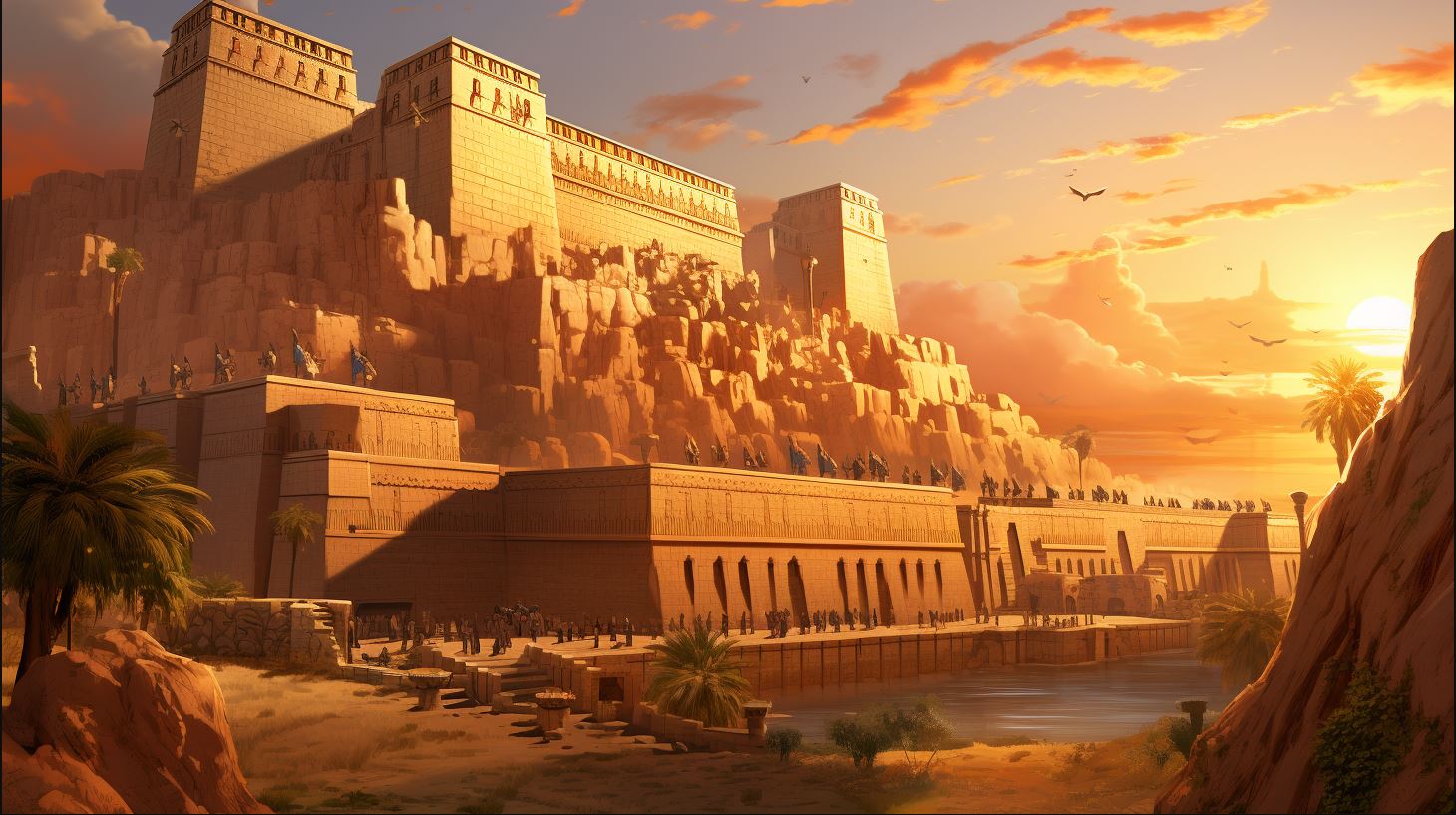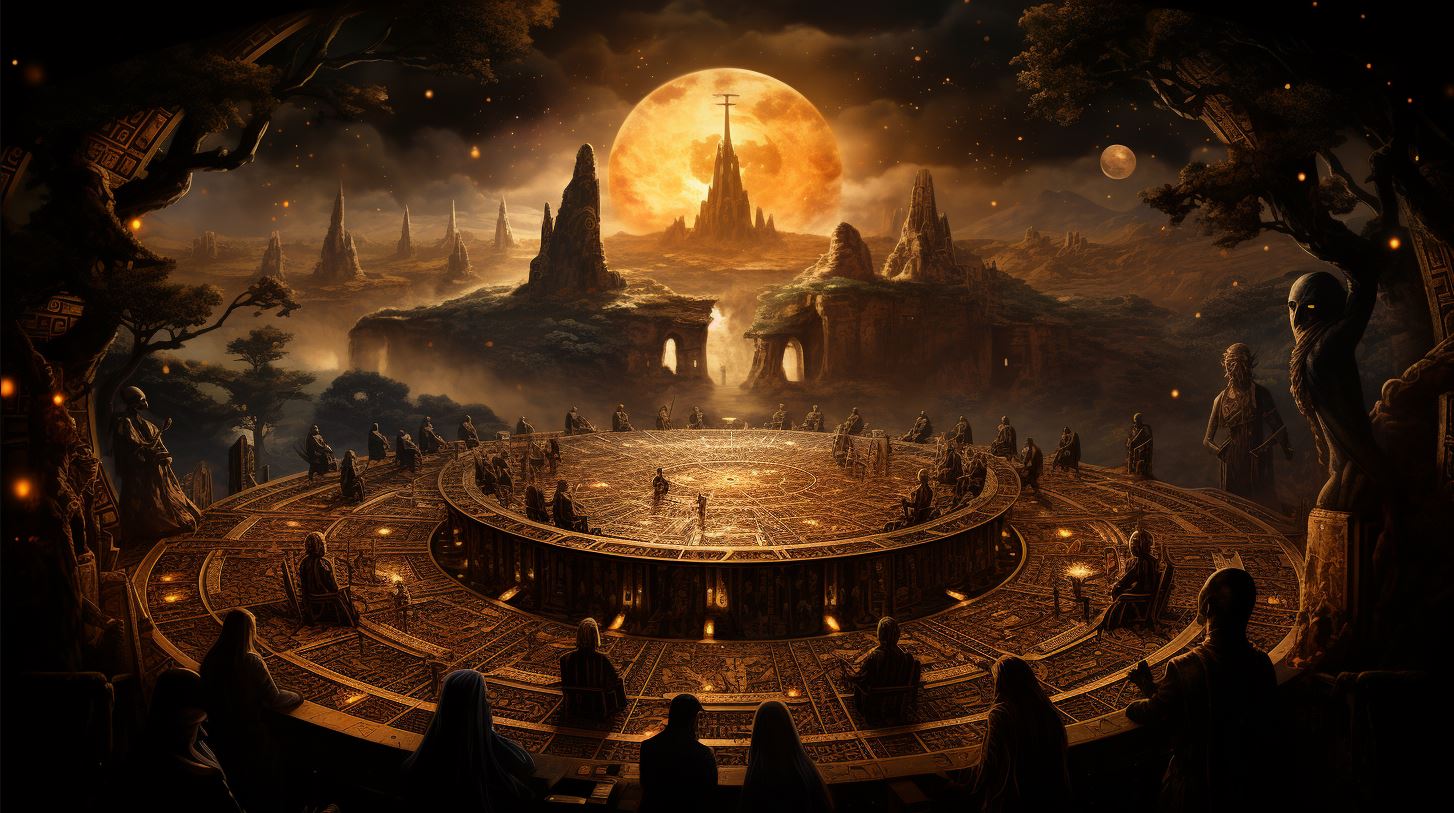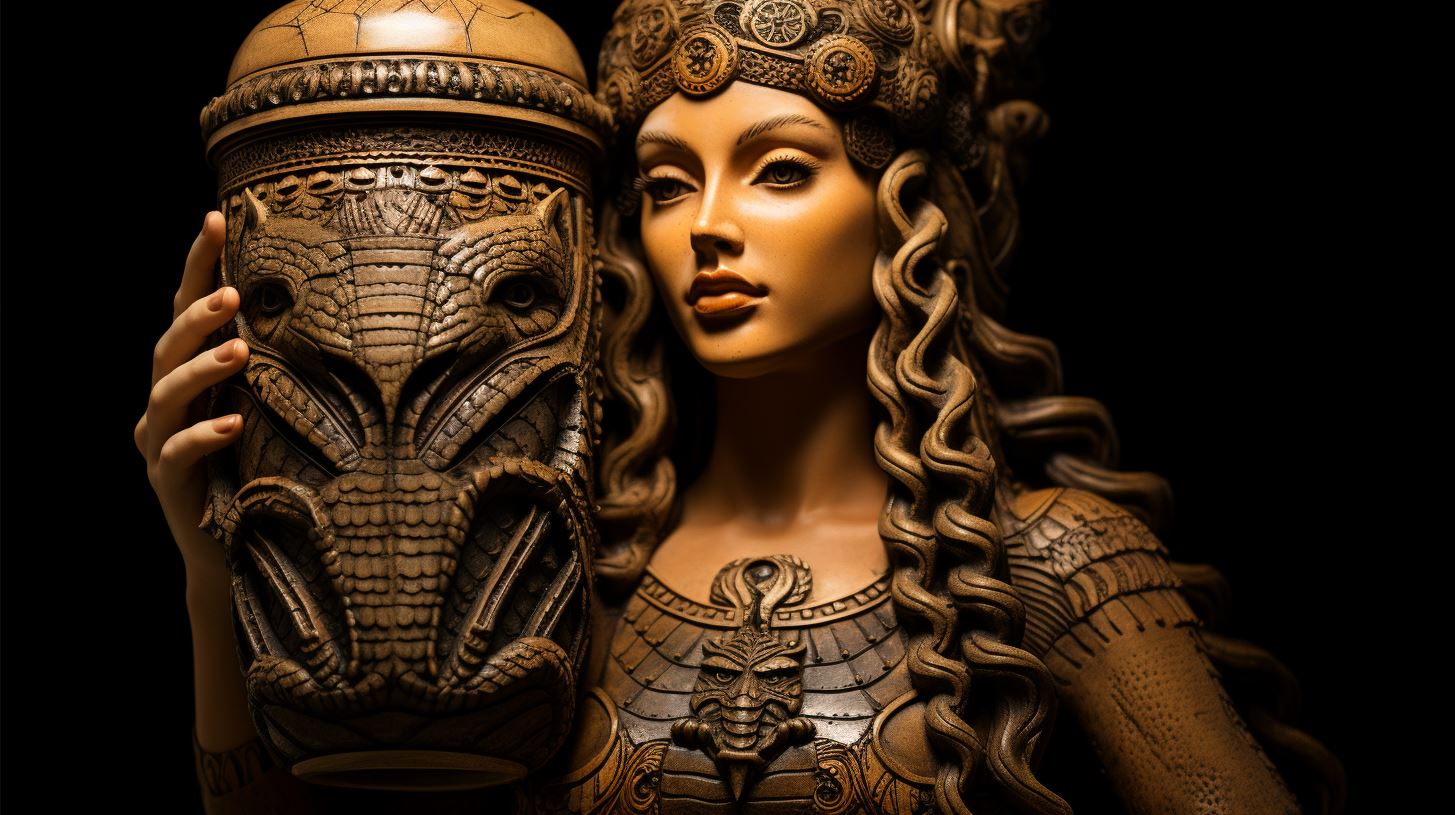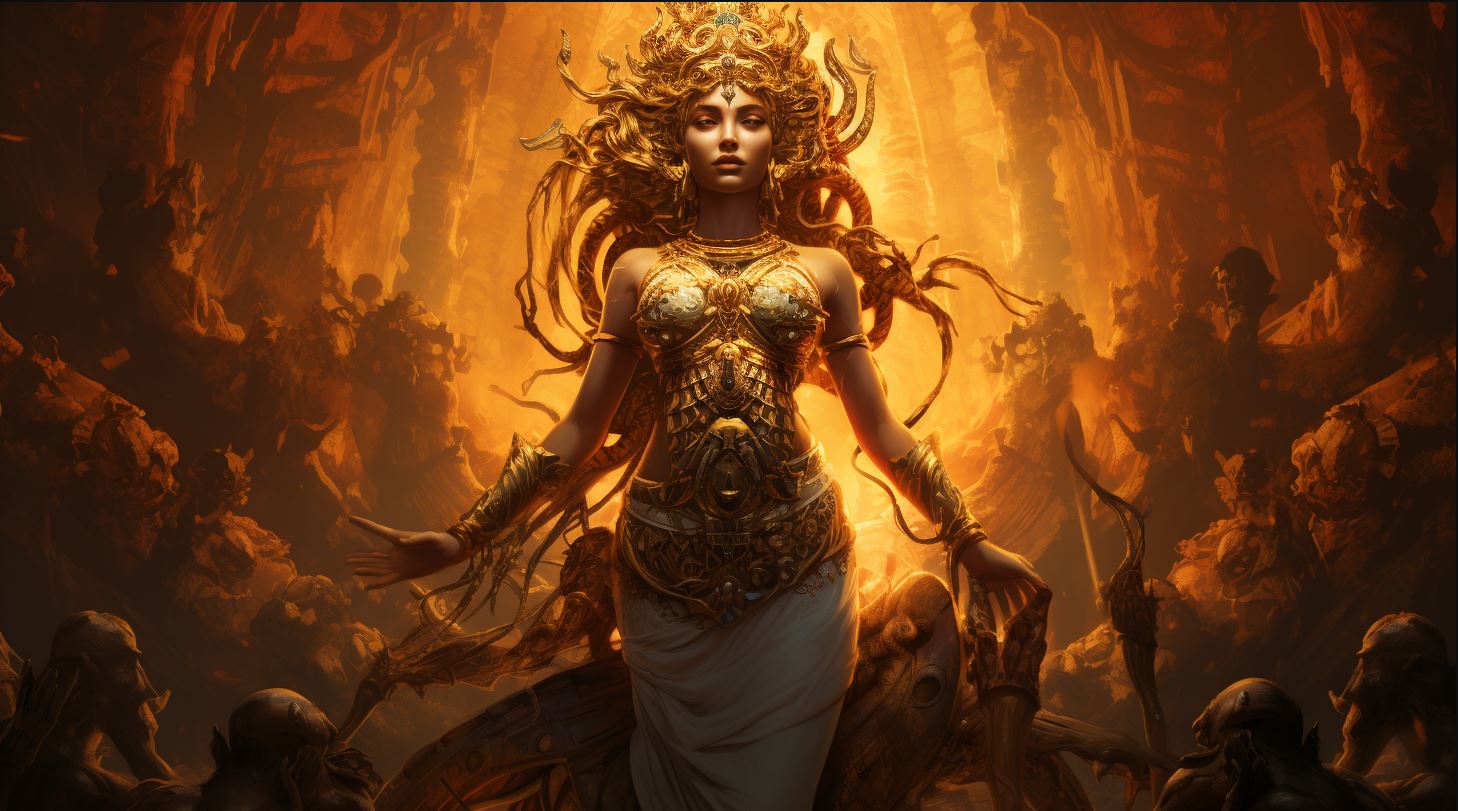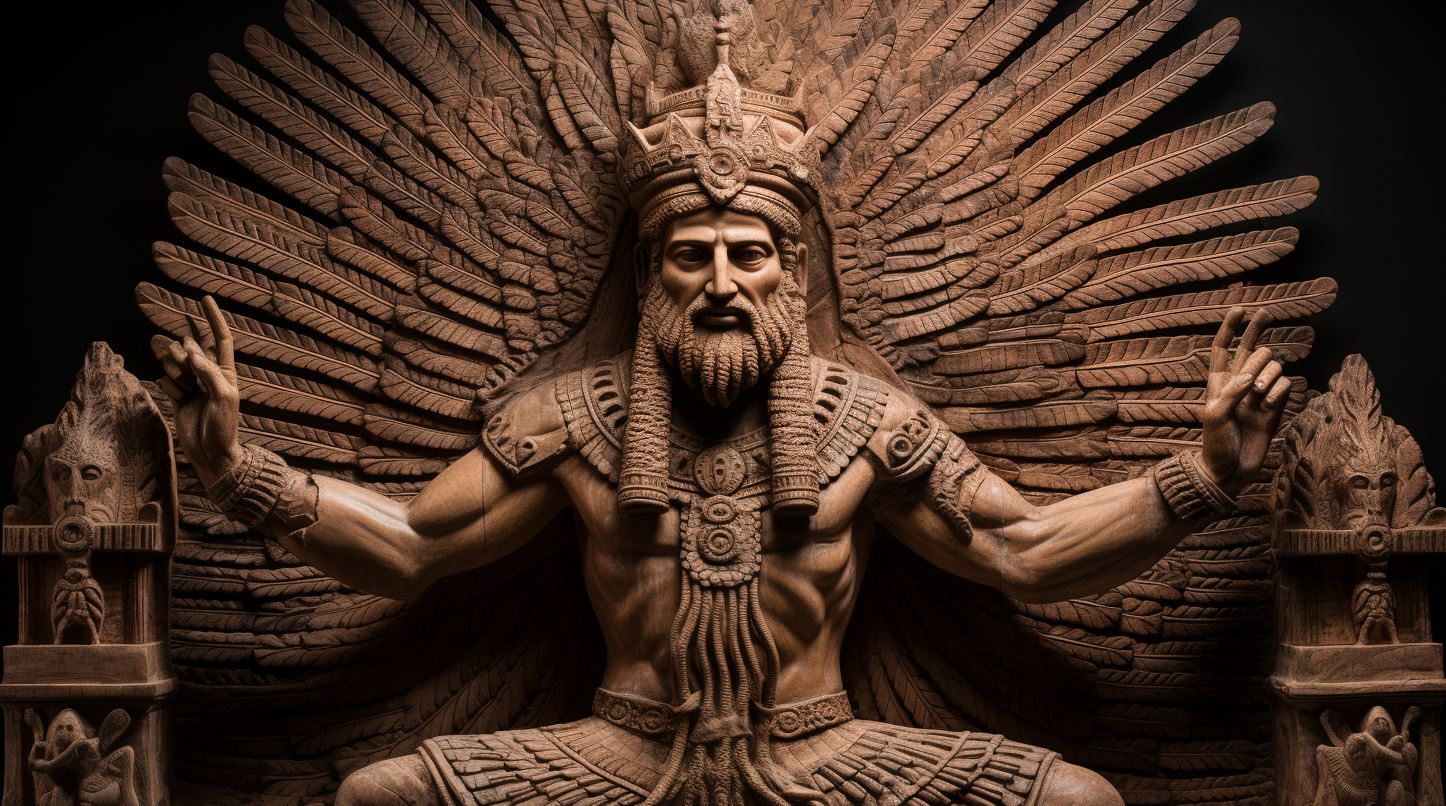Sumerian Tablets vs Bible: Uncovering Ancient Beliefs and Contrasts
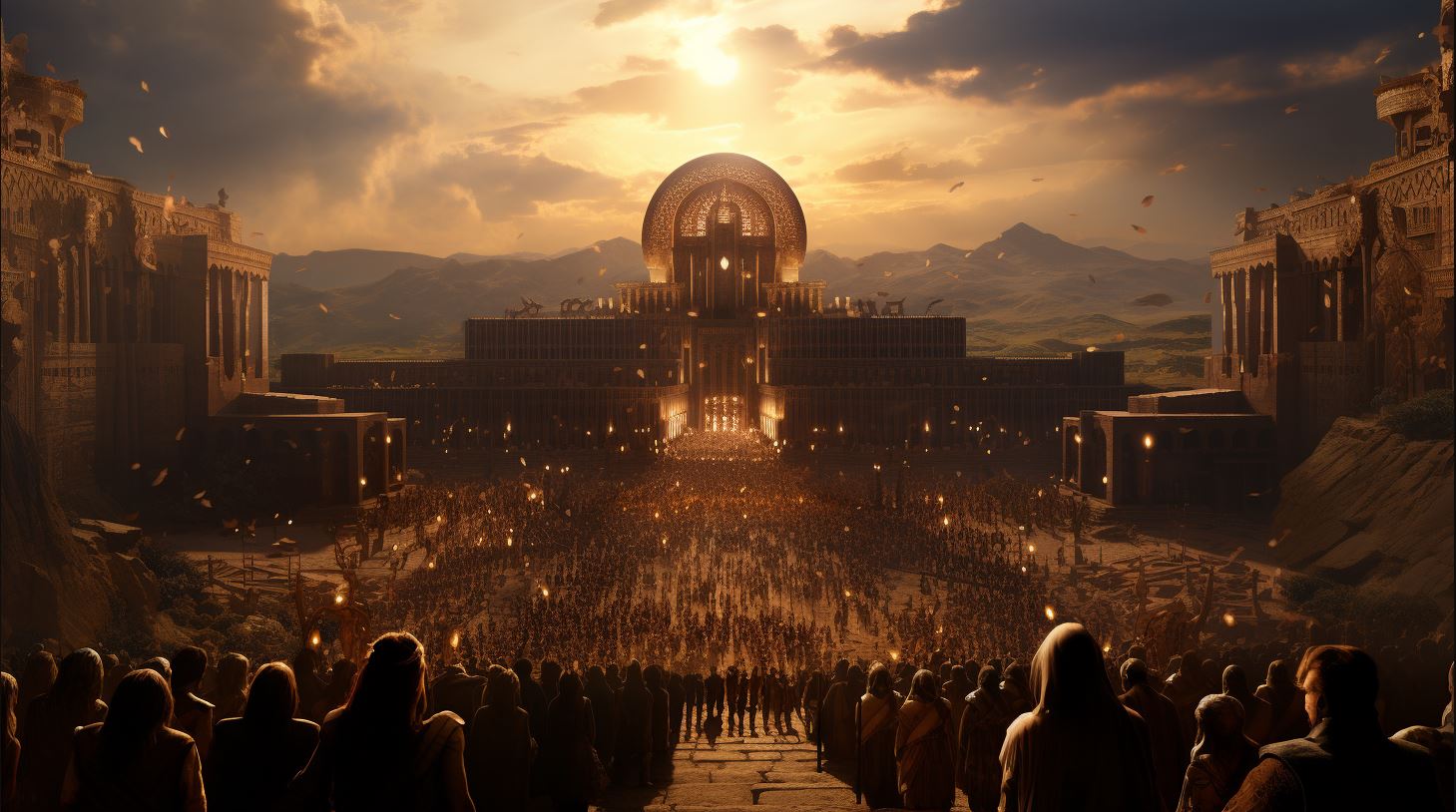
The comparison between Sumerian tablets and the Bible reveals fascinating insights into ancient beliefs. Exploring creation stories, we discover the Sumerian tablets’ rich mythology and the Bible’s exclusive monotheistic account.
Delving into flood narratives, the epic of Gilgamesh showcases the Sumerian perspective, contrasting with Noah’s Ark from the Bible. Comparing gods and mythology, we encounter the diverse Sumerian pantheon of gods, contrasting with the monotheistic nature of the Bible.
Unveiling influences, the Book of Enoc’s Sumerian roots and connections with Daniel intrigue. Examining historical accuracy, disparities arise in Sumerian king lists and biblical genealogy, while variances in flood narratives spark curiosity.
Such comparisons question authority and authenticity, influencing interpretations of biblical stories and inviting critical analysis.
Exploring the Creation Stories
The exploration of creation stories in both Sumerian tablets and the Bible provides fascinating insights into ancient beliefs and origins of the world. These narratives, although distinct in their presentation and cultural context, share common themes that reveal the human quest for understanding the beginning of existence.
Sumerian Tablets: Understanding Ancient Beliefs
Within the Sumerian tablets, we find a collection of texts that delve into the intricacies of their cosmogony. These writings offer a vast array of mythical accounts surrounding the creation of the universe and humanity.
The Sumerians believed in a complex pantheon of gods, each with their own roles and responsibilities in shaping the world. They conceptualized creation as a result of divine actions and interplay between various deities.
The myths depicted in the Sumerian tablets explore the birth of gods, the formation of the earth and heavens, and the emergence of mankind. These narratives provide profound insights into the Sumerian worldview, their understanding of divinity, and their reverence for the forces that governed their lives.
Genesis: Unraveling the Biblical Account
Genesis, the first book of the Bible, presents a distinct perspective on the creation story. It outlines a monotheistic account that attributes the creation of the universe and humanity to a single, all-powerful God.
The biblical narrative emphasizes divine intention and purpose behind the formation of the world.
The book of Genesis elaborates on the process of creation, in which God spoke the word, and everything came into existence.
It sheds light on the theological understanding of humanity’s special place in the created order and establishes the foundation for moral and ethical values.
Comparing the Sumerian tablets’ mythical narratives with the biblical account of Genesis allows us to explore the similarities and divergences in how these ancient civilizations approached the creation stories.
These contrasting perspectives offer valuable insights into the diverse religious and philosophical beliefs that shaped their respective cultures.
- The Sumerian Tablets:
- Complex pantheon of gods
- Cosmogony and birth of gods
- Formation of the earth and heavens
- Emergence of mankind
- Genesis:
- Monotheistic account
- Divine intention and purpose
- Creation through divine speech
- Establishing moral and ethical values
Delving into the Great Flood Stories
When exploring the fascinating tales of the Great Flood, we encounter two prominent narratives that have captivated scholars and believers for centuries.
These accounts provide contrasting perspectives, shedding light on the cultural and religious differences between Sumerian tablets and the Bible.
The Epic of Gilgamesh: Sumerian Perspective
The Sumerian epic of Gilgamesh recounts a vivid and detailed story of the Great Flood. In this ancient tale, the gods decide to wipe out humanity due to their loud and disruptive behavior.
The hero, Gilgamesh, receives a divine warning and builds a massive ark to save his family, along with various animals.
The floodwaters unleash their fury upon the land, devastating everything in their path.
Gilgamesh and his companions drift on the wild waters for several days, until the storm finally subsides. When the flood ends, they perform a sacrifice to the gods and realize that they are the only survivors left in the world.
Noah’s Ark: The Bible’s Account
In the biblical narrative of Noah’s Ark, we find a different perspective on the Great Flood. God, disappointed with the corruption and wickedness of humanity, instructs Noah to construct an ark of specific dimensions.
Noah, a righteous man, faithfully follows God’s commandments and gathers his family, as well as pairs of every living creature, to embark on this extraordinary journey.
As the rains pour down for forty days and forty nights, the ark floats above the flooded earth.
Eventually, the rain ceases, and the waters gradually recede. Noah releases various birds to determine if the land has reappeared, finally witnessing a dove returning with an olive leaf, a sign of hope and renewal.
Noah and his family then disembark from the ark to start afresh.
These two flood stories, though sharing notable similarities, also exhibit significant differences. While both narratives involve the survival of humanity through a catastrophic flood, the motivations, timeframe, and specific details vary, highlighting distinct cultural and religious perspectives.
In Summary
- The Sumerian tablets recount the epic of Gilgamesh, where the flood is brought upon humanity by the gods due to their disruptive behavior.
- The Bible’s account describes Noah’s Ark, in which God commands Noah to build an ark to save his family and pairs of every living creature.
- Both stories demonstrate the enduring fascination with tales of catastrophic floods and their impact on humanity.
- Each narrative reflects the unique beliefs and cultural contexts of the societies from which they originate.
Comparing Gods and Mythology
The Sumerian Pantheon of Gods
The Sumerian civilization had a rich pantheon of gods that played significant roles in their mythology and daily lives. The polytheistic belief system of the Sumerians revolved around multiple deities, each with their own divine powers and responsibilities.
Some prominent gods included An, the god of the heavens, Enlil, the god of the winds and storms, and Inanna, the goddess of love and war. These gods were worshipped and revered through rituals, prayers, and offering of sacrifices, ingrained deep in the Sumerian culture.
Monotheism in the Bible
In contrast to the Sumerian pantheon, the Bible presents a monotheistic belief system, focusing on a single, all-powerful deity. Hebrew monotheism, as depicted in the Bible, revolves around the worship of Yahweh, an omnipotent God who created the world and governs its affairs.
The notion of monotheism in the Bible distinguishes it from the polytheistic beliefs and practices of ancient civilizations like the Sumerians. The Bible emphasizes the exclusive relationship between God and humanity, outlining moral and ethical principles for righteous living.
Unveiling the Influences and Parallels
The Book of Enoc: Sumerian Influence
The discovery of the Book of Enoc among the Sumerian tablets sheds light on the influence of Sumerian mythology on biblical texts. This ancient text, not included in the Bible, played a significant role in shaping the ideas found in the New Testament.
Scholars believe that the Book of Enoc influenced the writings of early Christian authors, contributing to the development of apocalyptic literature and eschatological beliefs. Its connection to the Sumerian tablets highlights the intermingling of different cultural and religious traditions.
Connections Between Daniel and Sumerian Texts
Another intriguing aspect is the potential influence of Sumerian texts, including the Eridu Genesis and Atrahasis, on the biblical Book of Daniel. Scholars have noted similarities between certain motifs and narratives, such as the concept of divine revelation and the depiction of supernatural beings.
These connections raise questions about whether the biblical authors were familiar with Sumerian writings and drew inspiration from them while composing the Book of Daniel. It showcases the intricate web of cross-cultural influences that shaped biblical literature.
- Sumerian mythology and the Book of Enoc
- The impact of the Book of Enoc on the New Testament
- Similarities between Sumerian texts and the Book of Daniel
- The influence of Sumerian writings on the Book of Daniel
By exploring the Sumerian tablets and their connections to biblical texts, we gain valuable insights into the ancient beliefs and the intricate interplay between cultures.
The Book of Enoc serves as a bridge between Sumerian mythology and early Christian literature, while the parallels between Daniel and Sumerian texts challenge our understanding of the origins and development of biblical narratives.
Understanding these influences and parallels provides a broader perspective on the diverse sources that contributed to the composition of the Bible.
Examining Historical Accuracy
When exploring the historical accuracy of the Sumerian tablets and the Bible, two significant areas of comparison arise: discrepancies in Sumerian king lists and biblical genealogy, and variances in flood narratives.
Discrepancies in Sumerian King Lists and Biblical Genealogy
The Sumerian king lists present a detailed account of rulers and their reigns, dating back to ancient times. However, when comparing these lists to the biblical genealogy, inconsistencies become evident. The lengths of reigns, names, and even the sequence of rulers differ between the two sources.
Such discrepancies raise questions about the accuracy and reliability of both accounts. Scholars continue to debate whether these variations stem from historical inaccuracies, cultural perspectives, or intentional modifications to reinforce certain narratives.
Analyzing Variances in Flood Narratives
The flood narratives in Sumerian tablets and the Bible offer valuable insight into ancient beliefs and global catastrophic events. However, upon closer examination, significant differences emerge.
In the Sumerian epic of Gilgamesh, the flood story involves the hero Utnapishtim being warned by the god Ea and building a massive ark to save his family, animals, and wealth.
The gods in this version are capricious and remorseful, causing the flood as a response to human noise and disturbance.
Contrastingly, the biblical account of Noah’s Ark centers around God’s judgment upon humanity’s wickedness and Noah’s righteousness.
Noah is commanded to build an ark to safeguard his family and animal pairs, while rain falls for forty days and forty nights.
These variations in the narratives spark discussions on the origins of flood stories and their cultural significance.
Some scholars argue that these accounts share a common historical event, while others suggest independent cultural interpretations of catastrophic events.
It is crucial to approach these variances with scholarly scrutiny and recognize the complexities of interpreting ancient texts in relation to historical events.
Uncovering the historical accuracy of these narratives requires comprehensive analysis, taking into account archaeological findings, linguistic studies, and comparative mythological research.
By examining the discrepancies in Sumerian king lists and biblical genealogy, as well as analyzing the variances in flood narratives, we gain a deeper understanding of the historical context and the diverse interpretations of these ancient accounts.
Questioning Authority and Authenticity
When examining the Sumerian tablets in comparison to the Bible, it becomes imperative to question the authority and authenticity of the biblical text. This section will explore two key aspects: seeking origins and interpreting biblical stories, as well as the criticisms and responses challenging the Bible.
Seeking Origins: Interpreting Biblical Stories
Interpreting the biblical stories requires delving into their origins and understanding the historical context in which they were written. Scholars and researchers scrutinize the biblical narratives, examining their resemblance to the ancient Sumerian texts.
By seeking origins, it is possible to shed light on the influences and sources that shaped the biblical stories. This critical analysis aims to uncover the ancient roots of these narratives and explore the wider cultural and historical significance they hold.
Challenging the Bible: Criticisms and Response
The Bible’s authority and authenticity have faced criticism and challenges throughout history. Some scholars and critics argue that the similarities between the Sumerian tablets and the biblical accounts question the originality and divine inspiration of the Bible.
They highlight the parallels in flood narratives and other stories, suggesting that the Bible borrowed from earlier civilizations. However, proponents of the Bible defend its authenticity, emphasizing the uniqueness of its teachings and the spiritual significance it holds for millions of believers.
They argue that the deviations in the flood narratives, for example, reflect cultural adaptations rather than undermining the central message of faith.
- Concerns about borrowed elements from Sumerian tablets
- Debates on the historical accuracy of biblical stories
- Exploring the cultural and contextual influences on the biblical text
- The role of faith in considering the authority of the Bible
These ongoing debates and discussions between critics and defenders of the Bible add depth to the exploration of authority and authenticity.
By questioning, analyzing, and critically engaging with the biblical text, scholars and individuals continue to deepen their understanding of the ancient stories and their place in religious and historical contexts.
.













